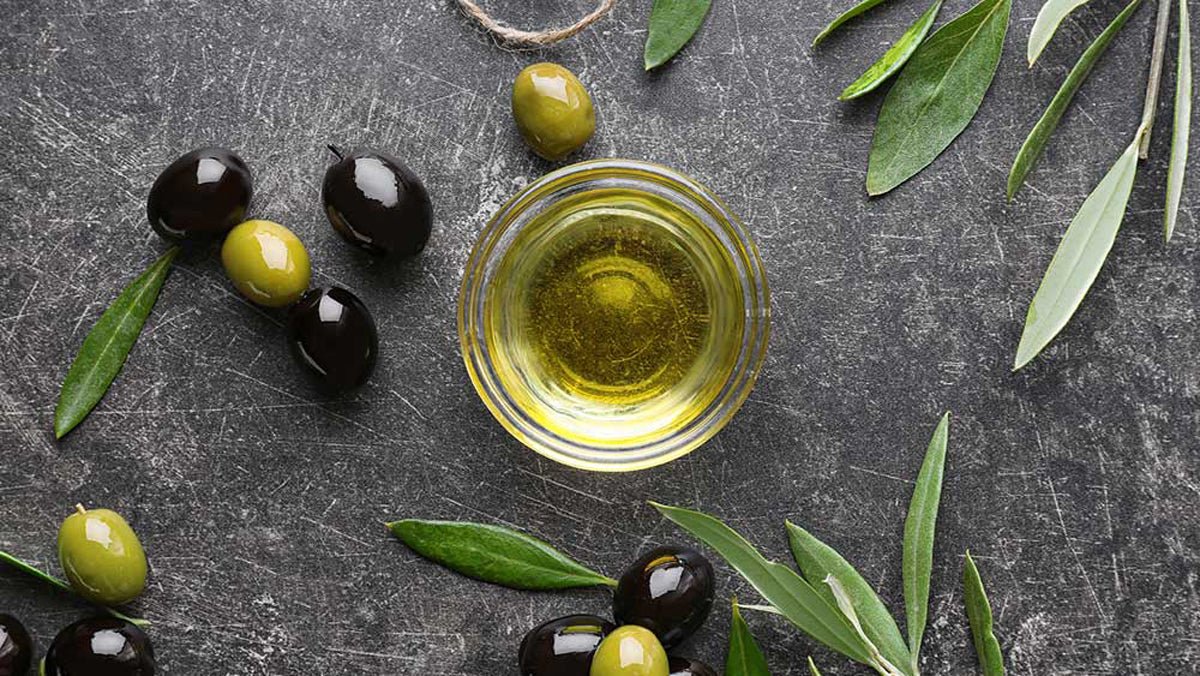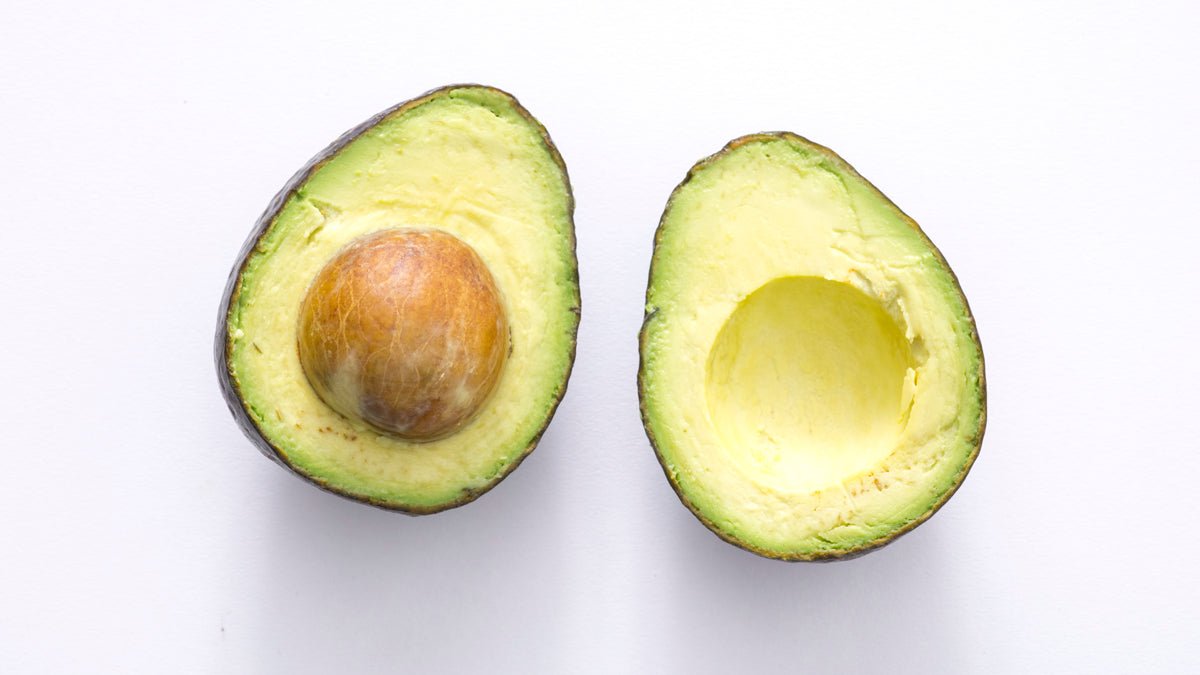
Tocopheryl acetate
- Derived from: Olive Oil
- Pronunciation: (\tō-ˈkä-fə-ˌril \ˈa-sə-ˌtāt\)
- Type: Naturally-derived
What Is Tocopheryl acetate?
A form of vitamin E, tocopheryl acetate is an ester of tocopherol. Tocopherol, or vitamin E, is found in many plants, dairy products, meat, eggs, cereals, and nuts.[1,2]
What Does Tocopheryl acetate Do in Our products?
Tocopheryl acetate is a skin-conditioning agent and antioxidant.[3] It is found in thousands of personal care products, including lipstick, sunscreen, moisturizer, conditioner, shampoo, makeup, nail polish, lip balm, and other products.[4,5,6]
Why Puracy Uses Tocopheryl acetate
We use tocopheryl acetate in several of our products as a moisturizer. The FDA has deemed tocopherols generally recognized as safe (GRAS).[9] A study shows tocopheryl acetate is generally not irritating or sensitizing to the skin.[10,11]Whole Foods has deemed the ingredient acceptable in its body care and cleaning product quality standards.[12,13] The Cosmetics Ingredient Review has also determined that tocopheryl acetate is safe for use in cosmetics. In a 2002 assessment, it was initially concerned with possible irritation and sensitization due to a large number of outbreaks reported in Switzerland with the release of a line of cosmetics containing tocopheryl linoleate; however, the researchers thought the outbreaks were caused by contamination or a metabolite. According to the Cosmetic Ingredients Review, irritation and sensitization data available since the 2002 report indicated that tocopheryl acetate is not an irritant or sensitizer.[14]
How Tocopheryl acetate Is Made
Tocopheryl acetate is an ester of tocopherol, which is vitamin E.[7] Tocopherol production can begin by drying out oil seeds to remove some of their moisture. After removing the shells or hulls, the seeds are usually ground, then mixed with hot water and boiled to allow some of the oil to float. The milled seed is then turned into a paste and kneaded or pressed to separate the oil. At that point, the oil can be refined to remove flavor or odor. Tocopherol can also come from animal tissues.[8]
Certifications





Sources
[1] U.S. National Library of Medicine
[2] Cosmeticsinfo.org
[3] Personal Care Council
[4] Environmental Working Group
[5] Personal Care Council
[6] “Final report on the safety assessment of Tocopherol, Tocopheryl Acetate, Tocopheryl Linoleate, Tocopheryl Linoleate/Oleate, Tocopheryl Nicotinate, Tocopheryl Succinate, Dioleyl Tocopheryl Methylsilanol, Potassium Ascorbyl Tocopheryl Phosphate, and Tocophersolan,” International Journal of Toxicology 2002;21 Suppl 3:51-116.
[7] Cosmeticsinfo.org
[8] Food and Agriculture Organization of the United States
[9] Government Publishing Office Electronic Code of Federal Regulations
[10] “Final report on the safety assessment of Tocopherol, Tocopheryl Acetate, Tocopheryl Linoleate, Tocopheryl Linoleate/Oleate, Tocopheryl Nicotinate, Tocopheryl Succinate, Dioleyl Tocopheryl Methylsilanol, Potassium Ascorbyl Tocopheryl Phosphate, and Tocophersolan,” International Journal of Toxicology 2002;21 Suppl 3:51-116.
[11] Manzano, D. , Aguirre, A. , Gardeazabal, J. , Eizaguirre, X. and Pérez, J. L. (1994), Allergic contact dermatitis from tocopheryl acetate (vitamin E) and retinol palmitate (vitamin A) in a moisturizing cream. Contact Dermatitis, 31: 324-324.
[12] Whole Foods Market
[13] Whole Foods Market
[14] Cosmetic Ingredient Review


























